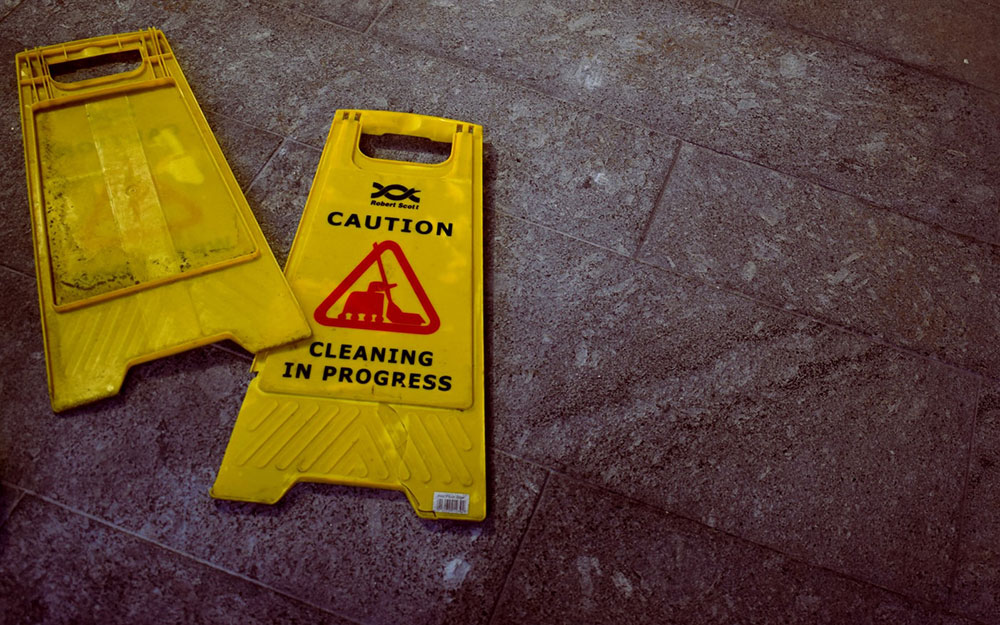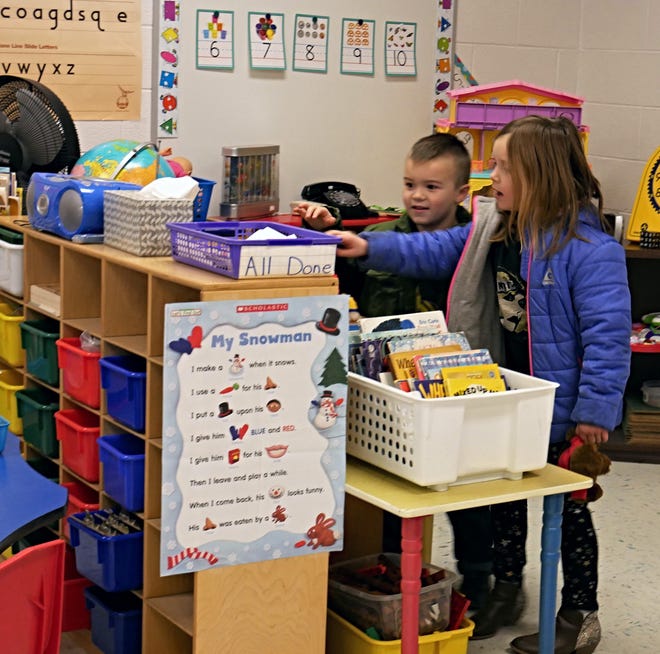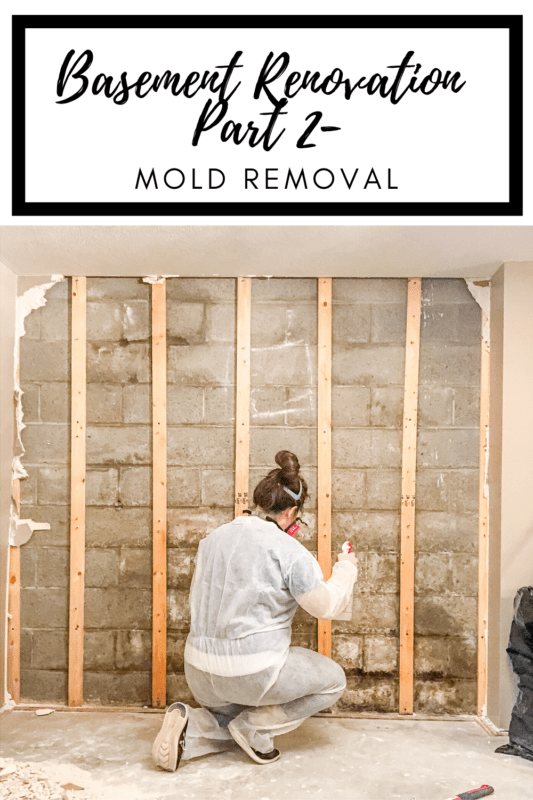Mold is one of the most alarming discoveries you can make in your own home. Much has been reported in the press over the past ten years. And mold is often referred to with suspected, fear-triggering references, such as toxic mold, black mold and the ultimate combination: toxic black mold.
In any case, there is still a lot to do. Mold can be dangerous and should be removed as soon as possible. This process must also be safe for everyone involved. In some cases, tidying up is a home improvement job. But when the mold has really caught on, the job is best left to the professionals.
Below you’ll learn how to know when it’s time to call a professional and what his process will mean.
How big is the mold problem?
Fortunately, there are simple guidelines for deciding whether cleaning up is a DIY affair. According to the EPAIf the affected area in your home is smaller than 10 square feet, or roughly 3 feet by 3 feet, you can do the cleanup yourself. If it is larger, they recommend a professional who does the job.
If you do the cleaning yourself, wear gloves, wear a protective mask and goggles, and use a variety of cleaning products.
How different is the process when the specialists are involved?
Professional cleanup
Mold removal companies, often referred to as water damage remediation and mold remediation companies, go through a standard process of cleaning mold in a home. In general, you can broadly expect the following:
Pump water
The very first step is often to remove the presence of water from the affected area. Water is an important ingredient and is necessary for mold to grow.
In cases where there is stagnant water, water is pumped out of the house and moved outside.
dry out
The next step is to lower the humidity in the affected area. First, plastic barriers are attached to cordon off the work area. During the situation, this can sometimes allow the rest of the house to be used. However, when mold levels are high, it is often safer to keep everyone out of your home until completion.
Commercially Dehumidifier for mold Remedial measures are then taken. These devices are larger than consumer dehumidifiers and more efficiently and effectively lower the moisture content of the air. You can do this if you move more air and do more air changes per hour (or ACH) than standard units.
Air moving machines and carpet dryers can also be used at this stage.
Clean air
As soon as the area has dried out, another tool is used: negative air machines. Negative air machines work on the principle of negative air pressure and scrub the air from mold spores and other pollutants.
Ambient air is drawn into the negative air machines within the now closed area. It is then sucked through a series of filters. These filters remove particles of different sizes. The filtered air is then expelled from the machine. Sometimes the air is reintroduced into the room and sometimes it is piped outside.
Remove mold and damaged material
We are now ready to deal with the form itself. We mentioned mold spores in the previous section. Mold spores arise from growing molds. The growing mold, that is, the discoloration on walls and the fuzzy or colored growth on walls, floors, tiles and other material, has yet to be removed.
With a variety of cleaning solutions and tools, as well as special equipment and protective equipment (such as HEPA vacuum cleaners and Tyvek suits), workers remove all mold that they can physically reach. The cleaning solutions are far more aggressive than the mold cleaning solutions that a layperson or homeowner would use.
If molds such as wood, wallpaper or ceiling tiles are badly damaged, the damaged material is completely removed.
to clean up

When the mold removal is complete, something is cleaned up. The mold and mold material removed, the filters used by the equipment, and all single-use protective and cleaning products are still at risk.
To prevent mold and spores from continuing their advance elsewhere, everything that is to be disposed of is sealed in special bags to contain the problem.
renovation
After the mold problem is alleviated, the next step is to restore the house to its original condition. How much of a job that is depends on how much damage the mold and / or the event that caused the mold if there was one (like a flood) did.
If you are dealing with mold in your home now or in the future, we hope it is a small issue that you can take care of yourself. If you find that you have a bigger problem, we recommend reaching out to professionals who understand the health concerns, how to properly remove mold, and how to get the job right the first time.
 TopsDecor.com Home Decor Ideas
TopsDecor.com Home Decor Ideas






